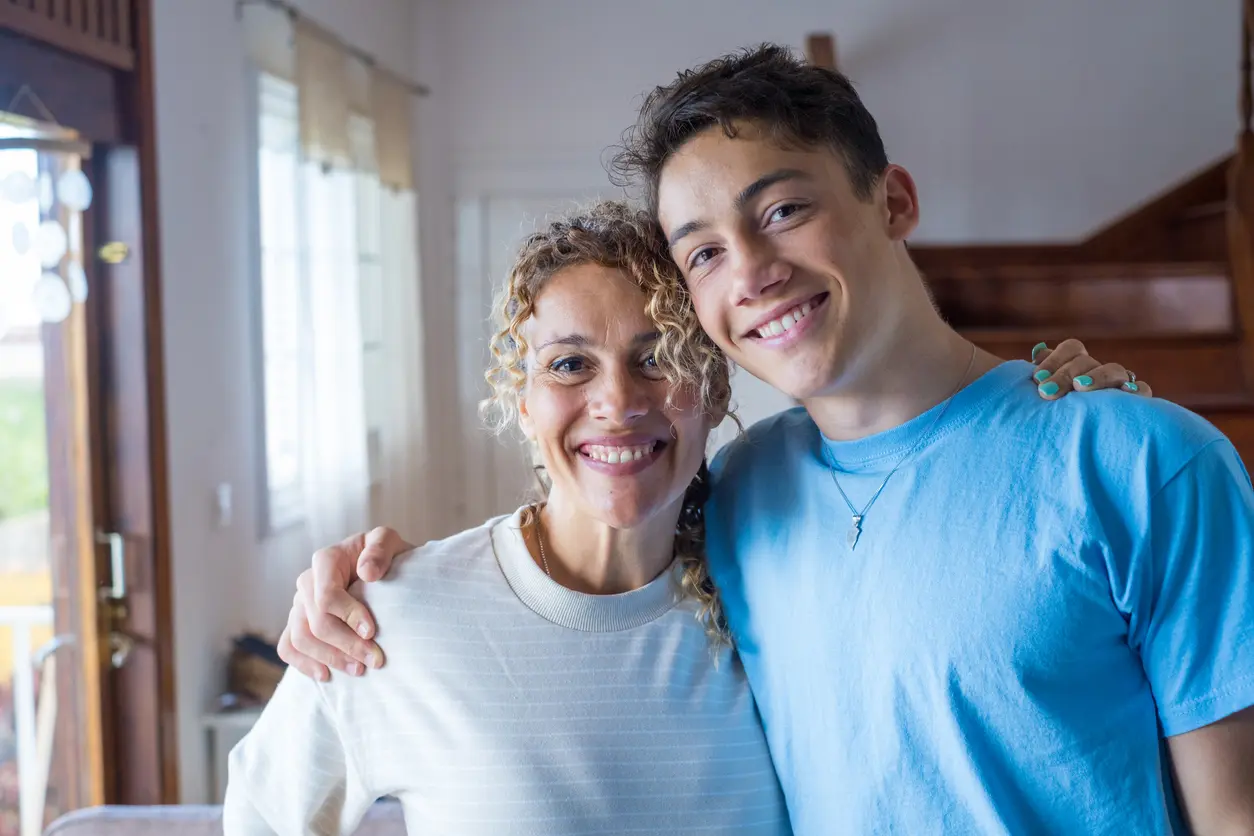Understanding Youth Mental Wellness: An Overview
Youth mental wellness goes far beyond just feeling “okay.” It’s about young folks feeling good about themselves, managing their emotions, and dealing with life’s challenges in healthy ways. It’s the foundation for growing into well-adjusted adults. Stress, family issues, and school pressures can shake this foundation, making support and intervention crucial. Key aspects include the ability to express and manage emotions, build strong relationships, and bounce back from setbacks. Spotting the signs that a young person might be struggling is step one—changes in mood, dropping grades, or withdrawal could be red flags. Effective support combines understanding, patience, and sometimes professional help to reinforce their mental wellness toolkit, making it easier for them to navigate life’s ups and downs. It’s not just about fleeing from problems but learning to face them with confidence and resilience.
The Importance of Early Intervention in Youth Mental Health
Catching mental health issues early in young people can make a big difference. Think of it this way; when you see a small crack in a wall, it’s easier to fix it before it becomes a huge problem. The same goes for mental health. Early intervention helps in many ways. It can reduce the severity of a mental illness, stop it from getting worse, or even prevent it from developing further. This early help can lead to better outcomes in school, stronger relationships, and a smoother path into adulthood. It’s not just about preventing future issues; it’s about giving young people the tools they need to handle challenges and bounce back from setbacks. This can mean less time in hospitals or receiving heavy treatment, and more time enjoying life and growing into healthy adults. Think of it as setting the foundation for a healthier future.
Common Mental Health Challenges Facing Today’s Youth
Today’s youth face a slew of mental health challenges that can impact their well-being and development. Anxiety and depression are right at the top, with so many young people dealing with pressures from school, social media, and the expectation to succeed. It’s not just about feeling a bit down or worried; these are serious issues that can affect every part of their life. Then there’s the problem of bullying, which hasn’t gone away. With the internet, bullying can follow them from school right into their homes. Stress is another big challenge. Whether it’s pressure to get good grades or uncertainty about the future, it’s weighing heavily on them. Substance abuse and self-harm are also critical issues, often stemming from attempts to cope with these pressures. Recognizing these challenges is the first step to supporting our youth and guiding them towards wellness.
How Interventions Promote Youth Mental Wellness
Interventions are like guiding lights for youth navigating the tricky waters of mental health. Think of them as support systems put in place to help young minds find balance, growth, and wellness. Here’s how they work magic: Early Detection plays a crucial role. Like spotting a storm before it hits, catching mental health issues early can prevent them from getting worse. Tailored Support means interventions are not one-size-fits-all. They’re customized to fit the unique needs of each individual, ensuring the right kind of help is provided. Building Resilience is another goal. By teaching coping strategies and problem-solving skills, interventions equip youth with the tools they need to handle life’s challenges. Creating Support Networks ensures no one fights their battles alone. Interventions connect young people with peers and professionals who understand and help them navigate through. In short, mental wellness interventions are all about providing the right support at the right time, empowering young individuals to thrive despite the hurdles.
Types of Interventions for Supporting Youth Mental Health
When it comes to supporting young people’s mental health, there are several intervention strategies that stand out for their effectiveness. First, let’s talk about individual therapy, where a therapist works one-on-one with a young person to explore their feelings, thoughts, and behaviors in a safe and supportive setting. It’s a space for them to be heard without judgment. Then there’s group therapy, which brings together individuals who might be experiencing similar issues. It’s powerful because it shows them they’re not alone, fostering a sense of community and understanding among peers.
Another crucial intervention is family therapy, focusing on treating the family as a unit to improve communication and resolve conflicts. It’s based on the idea that a young person’s environment plays a significant role in their mental health.
We can’t overlook school-based interventions, either. These are programs implemented within schools aimed at promoting emotional well-being among students. They might include workshops, counseling services, and stress management classes, making support accessible right where young people spend a lot of their time.
Lastly, there’s mentorship programs. These pair a young person with a mentor who provides guidance, support, and encouragement. It can be a game-changer in a young person’s life, offering them a positive role model and a cheering squad wrapped up in one.
Each of these interventions has its place in supporting youth mental health. The key is finding the right fit for the individual or group in need, because when it comes to mental wellness, one size does not fit all.
The Role of Schools and Communities in Youth Mental Wellness
Schools and communities play a huge part in supporting youth mental wellness. They are the frontline defense against mental health issues among young people. Schools can offer programs that teach kids how to deal with stress, anxiety, and other mental health challenges. They can provide a safe space for students to talk about their feelings and get help when needed. Communities can offer support through youth clubs, sports teams, and other activities where kids can feel connected and valued. These programs not only help in building resilience among youths but also create a support network that can catch problems early on. Remember, it’s about creating an environment where young people feel understood and supported, not just at home but in the wider world they’re a part of.
Success Stories: Interventions That Have Made a Difference
Sometimes, hearing real stories can light a spark of hope. Across the board, interventions have shown impressive outcomes, transforming lives from teetering on the edge to thriving. Take for instance a program where teenagers engaged in group discussions and activities geared towards understanding mental health. The before and after? These teens reported feeling less alone and more equipped to handle stress. Then there’s the story of a school that introduced mindfulness sessions into their curriculum. Students started showing better concentration in class and a significant reduction in anxiety levels. Another powerful narrative comes from a community project that paired at-risk youth with mentors. Many of these youngsters were on a risky path, struggling with various issues. The turnaround? Improved academic performance, higher self-esteem, and a decline in substance abuse. These success stories are not just numbers or isolated incidents. They are proof. Proof that with the right support and interventions, the path to mental wellness isn’t just possible; it’s within reach.
Overcoming Barriers to Accessing Mental Health Interventions
Many teens face tough hurdles when trying to get help for mental health issues. Let’s break it down. First, there’s the stigma. Too many people still see asking for help as a sign of weakness. This needs to change because seeking help is actually a sign of strength. Then, there’s the cost. Not everyone can afford therapy or counseling, which makes access uneven. It’s not fair, but it’s the reality. Location is another sticky point. If you live in a small town, chances are there aren’t many therapists around. And for those in cities, the best help might be too far or too hard to get to with public transport. Let’s not forget about busy schedules. School, jobs, and other commitments can make finding time for therapy a challenge. Despite these roadblocks, it’s crucial to push through. Many communities offer sliding scale fees based on what you can afford. Teletherapy is an option too, bringing the therapist’s office to you, via your phone or computer. Schools and universities often provide counseling services at no extra cost. Overcoming these barriers isn’t easy, but it’s worth it for your wellness. Remember, reaching out for help is a bold and brave step towards a healthier you.
Engaging Families and Caregivers in Youth Mental Health Interventions
Bringing families and caregivers into the fold of youth mental health interventions isn’t just helpful; it’s crucial. Think about it—youth spend a ton of their time within the family unit, making these groups key players in their mental wellness journey. Involvement can range from the simple—being there to listen, to more involved strategies like attending therapy sessions together or learning about mental health conditions. This teamwork approach ensures that the youth feels supported not just by professionals but by the people they see daily. Plus, it enlightens families and caregivers on the struggles the youth faces, creating a shared understanding and strengthening the support network. It’s about building a united front in tackling mental health challenges, making everyone a part of the plan and solution.
Next Steps: Building a Supportive Environment for Youth Mental Wellness
After recognizing a young person’s mental health needs, the next move is making sure they’re surrounded by support. This doesn’t mean just watching from the sidelines. It’s about creating a space where they feel safe, understood, and encouraged to share their thoughts and feelings. Here’s how you can start:
First, keep the conversation open. Talk about mental health like it’s a normal part of life. This breaks down any shame or fear around the subject.
Next, educate yourself and others. Know the signs of mental distress and what resources are available. This knowledge is power for everyone involved.
Then, encourage healthy habits. This includes physical activity, good sleep, and balanced eating. These basics lay the foundation for a strong mind.
Lastly, connect them with professional help if needed. Sometimes, the best way to support is to recognize when experts need to step in.
Building a supportive environment isn’t about doing it perfectly. It’s about showing up, trying, and letting them know they’re not alone in their journey.









